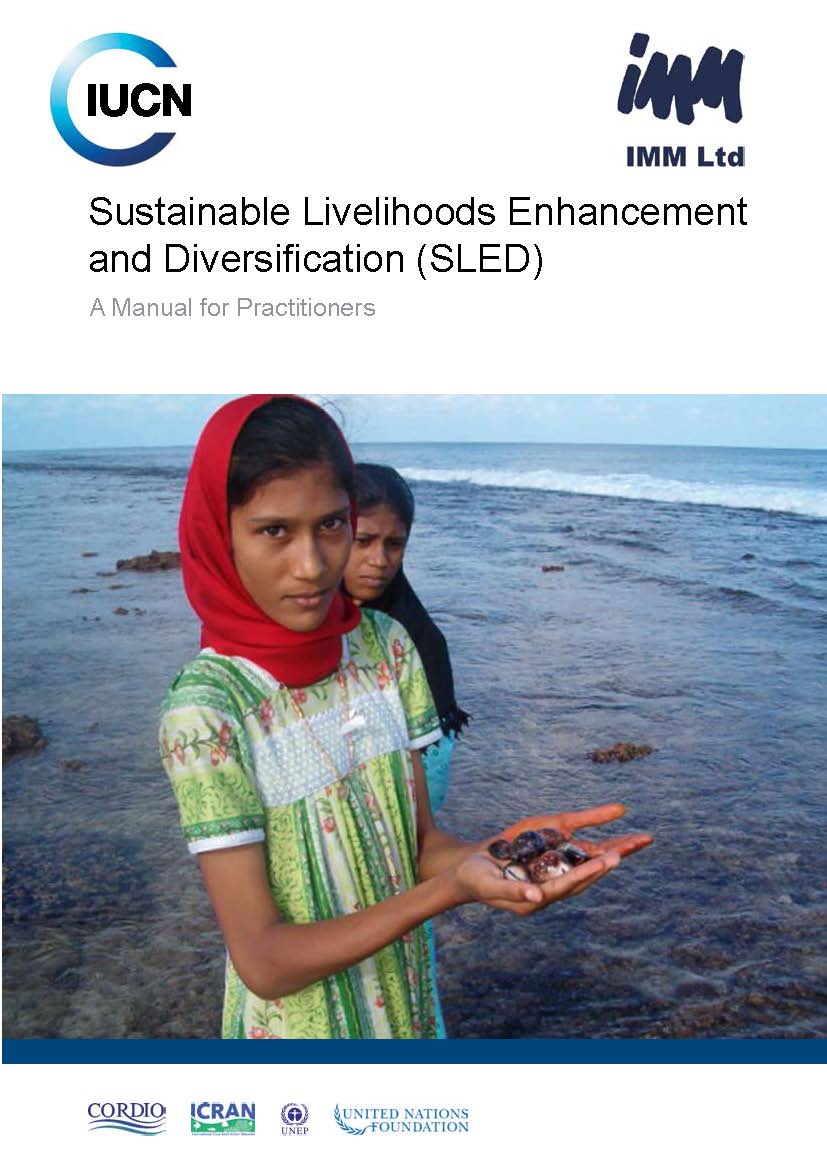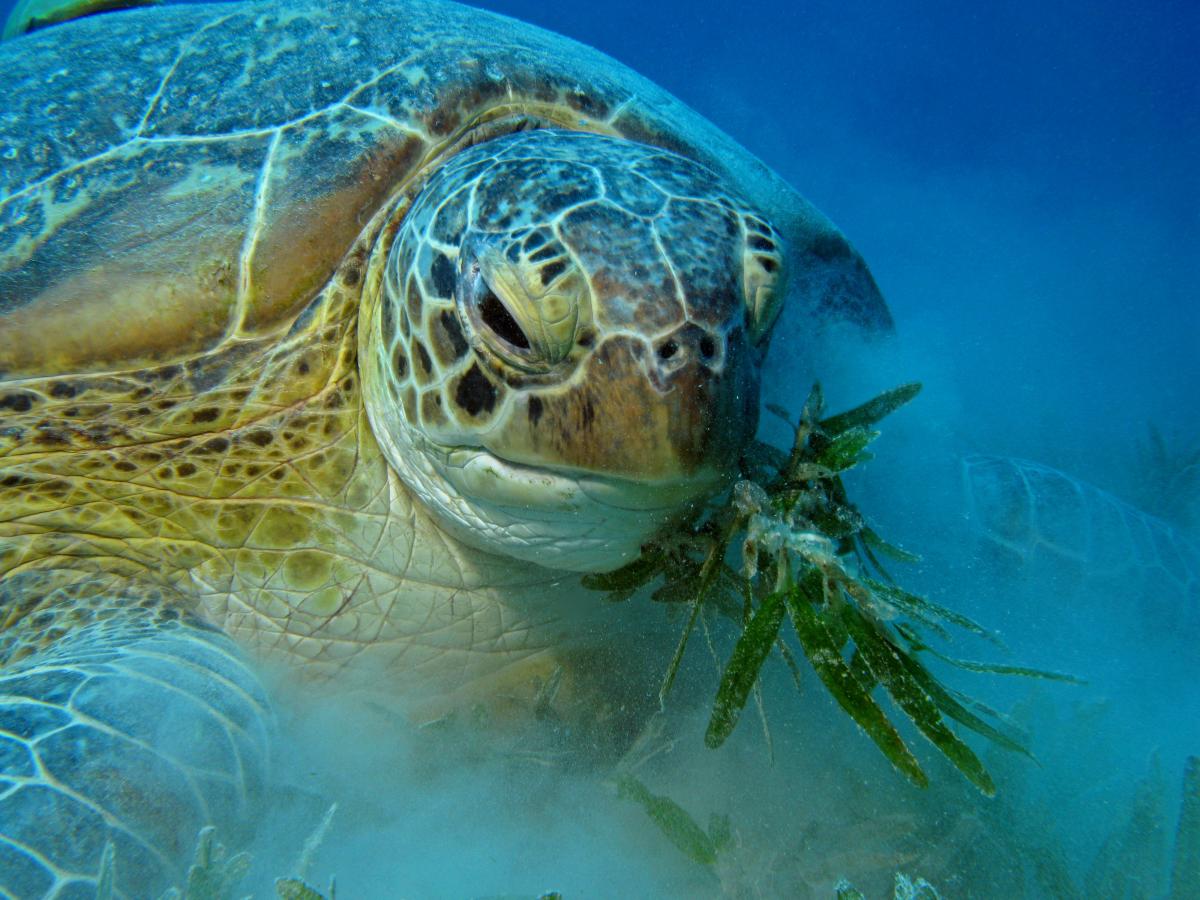Sustainable Livelihoods Enhancement and Diversification (SLED): A Manual for Practitioners
A manual for practicioners

Photo: Vineeta Hoon
Livelihood enhancement and diversification has been recognised, by conservationists and development practitioners alike, as a mechanism to promote livelihood development and encourage people to move away from the harmful exploitation and degradation of natural resources. However, the majority of the efforts to support livelihood enhancement and diversification have, so far, tended to be supply-driven and focused on single, “blueprint” solutions. Such solutions are not built on an understanding of the underlying factors helping or inhibiting livelihood diversification, and often fail to appreciate the obstacles faced by the poor in trying to enhance and diversify their livelihoods.
The result has often been “alternative livelihoods” initiatives that promote unsustainable solutions that are poorly adapted to people’s capacities, have limited market appeal and fail to reflect people’s aspirations for their future. Where livelihood enhancement and diversification work has been undertaken in parallel with coastal and marine ecosystem conservation efforts it has often been done after the introduction of management measures, when people are already attempting to cope with reduced livelihood opportunities and their capacity to adapt has already suffered.
Ultimately, such failures affect the success of the management measure themselves, as people are forced to continue activities that degrade coastal and marine ecosystems through the lack of better alternatives and in spite of the risks involved.
The Sustainable Livelihoods Enhancement and Diversification (SLED) approach has been developed by Integrated Marine Management Ltd (IMM) through building on the lessons of past livelihoods research projects as well as worldwide experience in livelihood improvement and participatory development practice. It aims to provide a set of guidelines for development and conservation practitioners whose task it is to assist people in enhancing and diversifying their livelihoods. Under the Coral Reefs and Livelihoods Initiative (CORALI), this approach has been
field tested and further developed in very different circumstances and institutional settings, in six sites across South Asia and Indonesia. The sites and the partner organisations are:
• Aceh (Weh Island), Indonesia: Partners – the Wildlife Conservation Society (WCS) and Yayasan PUGAR
(Centre for People’s Movement and Advocacy);
• Andaman Islands, India: Partners – the Andaman and Nicobar Environment Team (ANET) and Karen Youth Association;
• Baa Atoll, Maldives: Partners – the Foundation of Eydhafushi Youth Linkage (FEYLI) and Atoll Ecosystem-Based Conservation Project (AEC);
• Bar Reef, Sri Lanka: Partners – the Coastal Resource Management Project (CRMP) and Community Help Foundation (CHF);
• Gulf of Mannar, India: Partners – People’s Action for Development (PAD);
• Lakshadweep Islands, India: Partners – Centre for Action Research on Environment, Science and Society (CARESS).
While this process of testing and refining SLED has been carried out specifically in the context of efforts to manage coastal and marine resources, it is an approach that can be applied widely wherever natural resources are facing degradation because of unsustainable human use. The SLED approach provides a framework within which diverse local contexts and the local complexities of livelihood change can be accommodated.
The aim of this document is to provide development practitioners with an introduction to the SLED process as well as guidance for practitioners facilitating that process.
However, a set of guidelines like this is not a substitute for proper training, experience and skills in community engagement, planning and livelihood development. This is one reason why coastal and marine resource managers, however experienced they may be in natural resource management issues, are encouraged to seek out well qualified and experienced community development specialists to work with them as SLED facilitators. Preferably, they should seek out organisations or practitioners who have good knowledge of the communities they are working with, and who are already well respected by those communities. Even if they do not have specific experience with SLED, such practitioners should recognise many of the elements within the approach and be able to take on board
the key principles underlying it.



